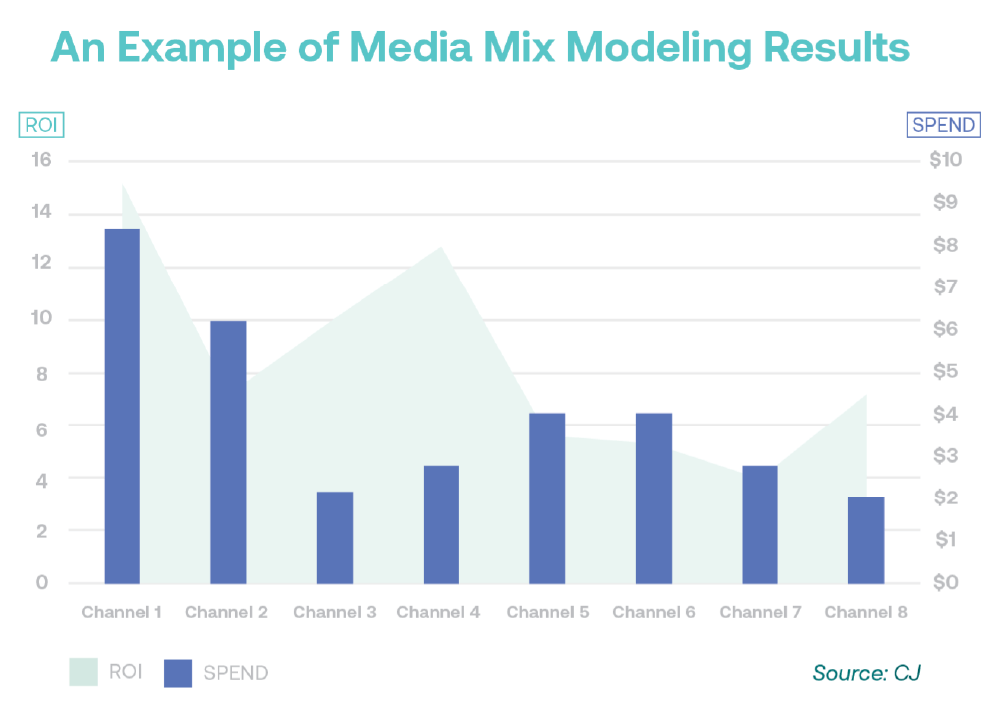Lost in Translation:
The Challenges of Media Mix Modeling in Gauging Affiliate Success
A guide to empower affiliates and brands to make data-driven decisions and optimize marketing investments.
Download Full Report Executive Summary
Download Full Report Executive Summary

Lost in Translation:
The Challenges of Media Mix Modeling in Gauging Affiliate Success
A guide to empower affiliates and brands to make data-driven decisions and optimize marketing investments.
Download Full Report Executive Summary
Download Full Report Executive Summary

01
The Challenge
Learn more
02
Media Mix Modeling Explained
Learn more
03
Why Marketing Leaders are Embracing MMM
Learn more
04
Why Affiliate is Often Under-Measured in MMM Analysis
Learn more
05
Beyond MMM: Advocating for the Affiliate Channel
Learn more
06
3 Ways to Take Action
Learn more
07





